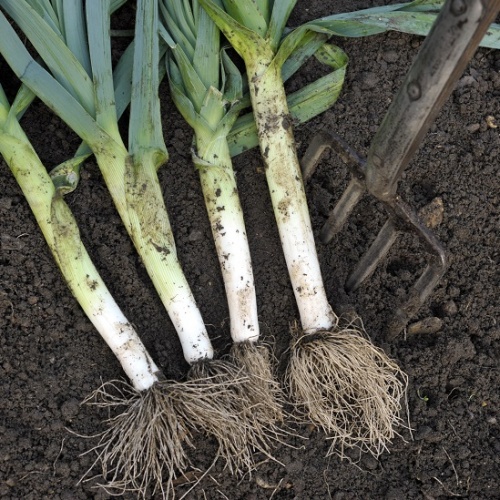Are you unsure which type of Parsley you should be using in your cooking? Which is best to garnish the plate? Which adds the most punch to your dish?
There are two main types of parsley; flat parsley and curly parsley. Find out the differences between flat and curly parsley.....
The seed potatoes you choose will affect the quality of your jacket potatoes.
Larger seed potatoes will give you a bigger crop. A floury texture is best for jacket potatoes, to produce a light and fluffy baked potato.....
Granular fertilisers are small, nutrient-rich pellets that release nutrients like nitrogen, phosphorus and potassium slowly into the soil.
This slow release means your plants get a steady supply of nutrients over time, for healthier and more vigorous growth....
Using perlite in compost will improve aeration and drainage and your plants will grow stronger and healthier.
In this post we will explain why adding perlite to your compost is beneficial and how to do it....
The right seed tray is key to plant health, dependent on seed size, depth requirements and tray features like drainage and material durability.
Whether you’re a beginner or a pro, this guide will help you pick the best trays, understand what to look for and how to use them to grow healthy plants....
Want to know about the types of chilli peppers and what makes them different?
In this blog we’ll cover a wide range of chilli varieties, heat levels, flavours and uses in the kitchen....




